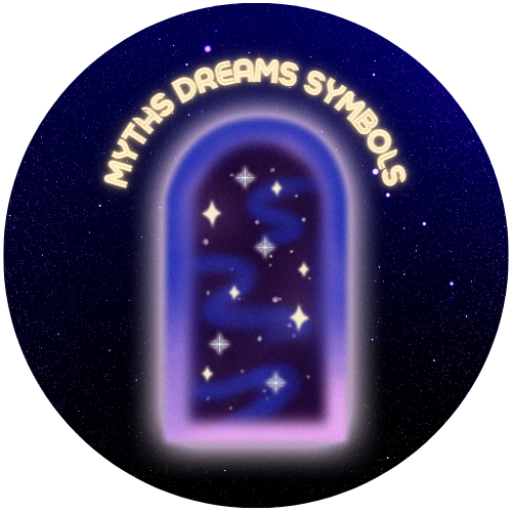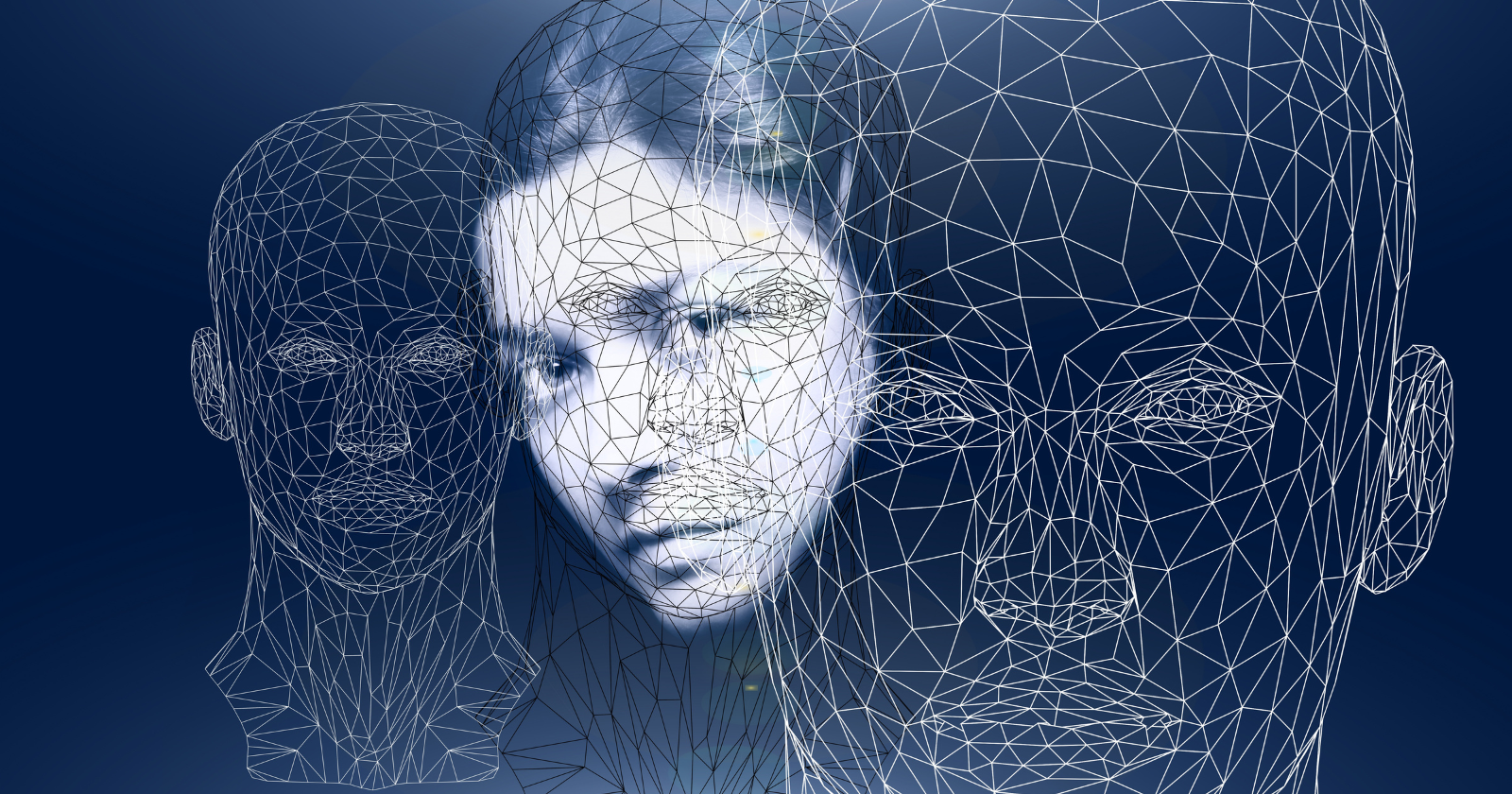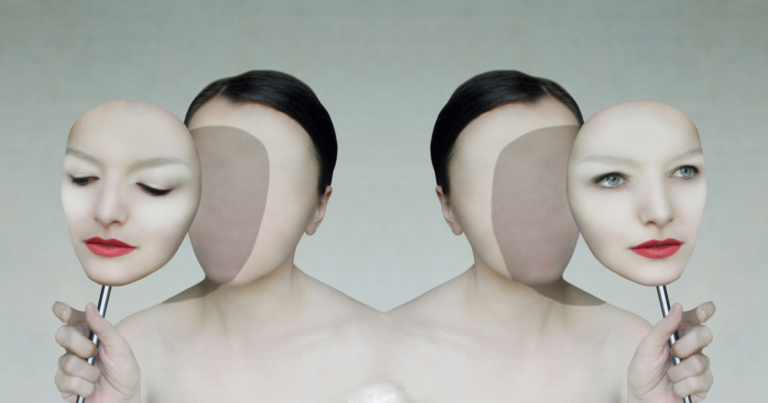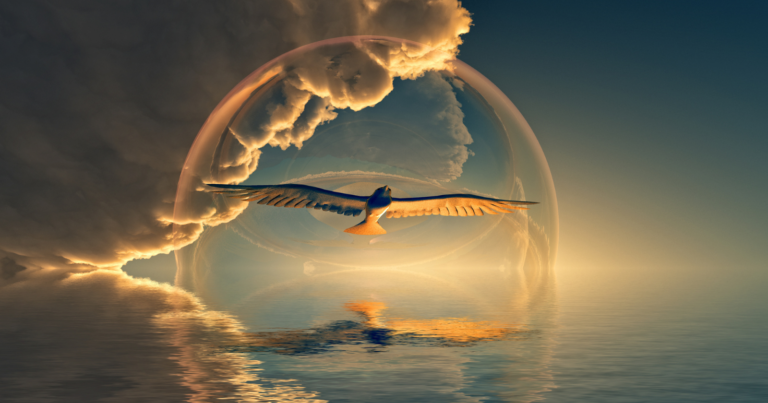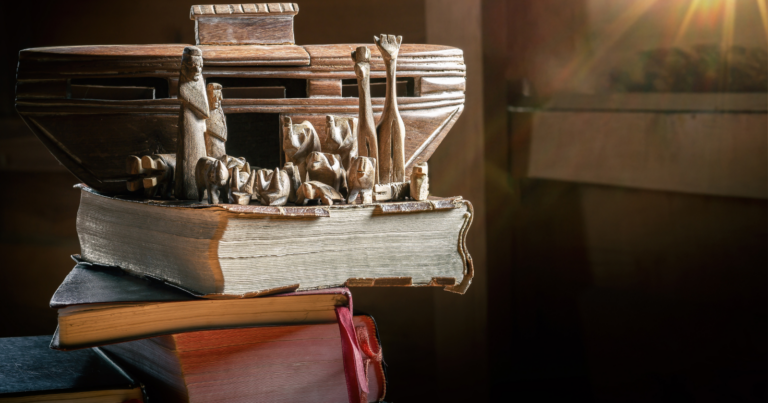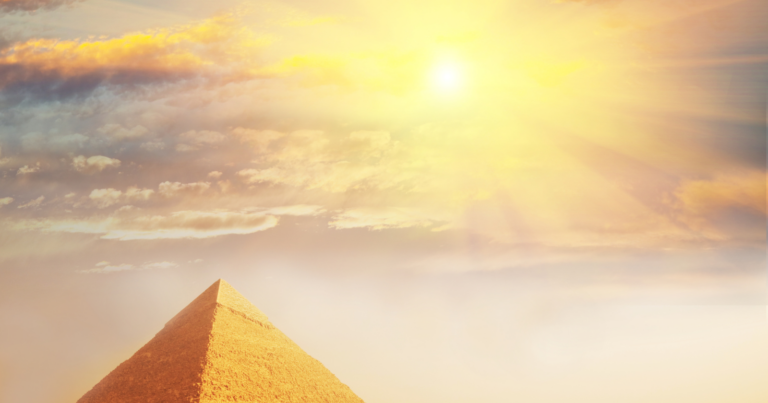In the rich and varied landscape of human consciousness, certain themes and symbols recur with remarkable consistency across cultures and epochs.
These are the archetypes, a concept introduced by the Swiss psychologist Carl Jung, which form the bedrock of our collective unconscious.
Archetypes are not mere images or stories, but deep-seated tendencies of the human mind to shape experiences into recognizable, mythological motifs.
These universal patterns underpin the myths, dreams, and symbols that pervade the tapestry of human life, offering us a window into the shared journey of humanity.
The Essence of Archetypes
Archetypes, according to Jung, are innate prototypes for ideas, which then shape our experiences and perceptions of the world. They predate humanity itself, forming the foundational structures of the collective unconscious—the part of the unconscious mind that is shared among beings of the same species.
These archetypal images and motifs are endlessly adaptable, capable of varying widely without losing their fundamental patterns. An archetype itself is not a specific, fixed image but a tendency to form representations of a theme that recurs throughout mythology and human experience.
The Role of Archetypes in Mythology and Dreams
Myths, those timeless stories that narrate the adventures of gods, heroes, and monsters, are rich in archetypal imagery. These narratives, regardless of their origin, tap into the universal experiences of birth, death, love, and conflict.
They resonate across cultures because they reflect the underlying archetypal patterns that are familiar to the human psyche.
Similarly, dreams serve as a personal mythmaking process, where archetypes manifest in symbols and scenarios unique to the individual’s life, yet reflective of the broader human experience.
Variations of the Archetypal Themes
While an archetype may manifest in limitless variations, its basic pattern remains unchanged. For instance, the archetype of the Hero can be seen in characters as diverse as Odysseus from ancient Greek mythology, Arjuna from the Indian epic Mahabharata, and modern figures like Harry Potter.
Despite the differences in their stories and settings, these heroes all embody the qualities of courage, sacrifice, and the quest for a noble goal—universal themes that speak to the hero’s journey within us all.
Understanding Our Own Archetypes
Jung’s theory of archetypes offers not just a framework for understanding the myths and symbols that permeate our culture but also a tool for personal insight and growth.
By recognizing the archetypal patterns that play out in our own lives, we can better understand our behaviors, motivations, and relationships. Whether it’s identifying with the archetype of the Caregiver, the Rebel, or the Sage, acknowledging these patterns can help us navigate the complexities of life with greater awareness and purpose.
Embracing the Universal Within the Personal
The exploration of archetypes invites us to see the universal within the personal and the personal within the universal. It reminds us that we are connected to a larger human story, one that transcends time and place. Through the myths we tell, the dreams we dream, and the symbols we resonate with, we participate in a shared human heritage, shaped by the timeless patterns of the archetypes.
In conclusion, Carl Jung’s concept of archetypes enriches our understanding of the human psyche, offering a lens through which to view the myths, dreams, and symbols that define our existence. By exploring these universal patterns, we can uncover deeper meanings in our lives and connect more profoundly with the collective journey of humanity.
